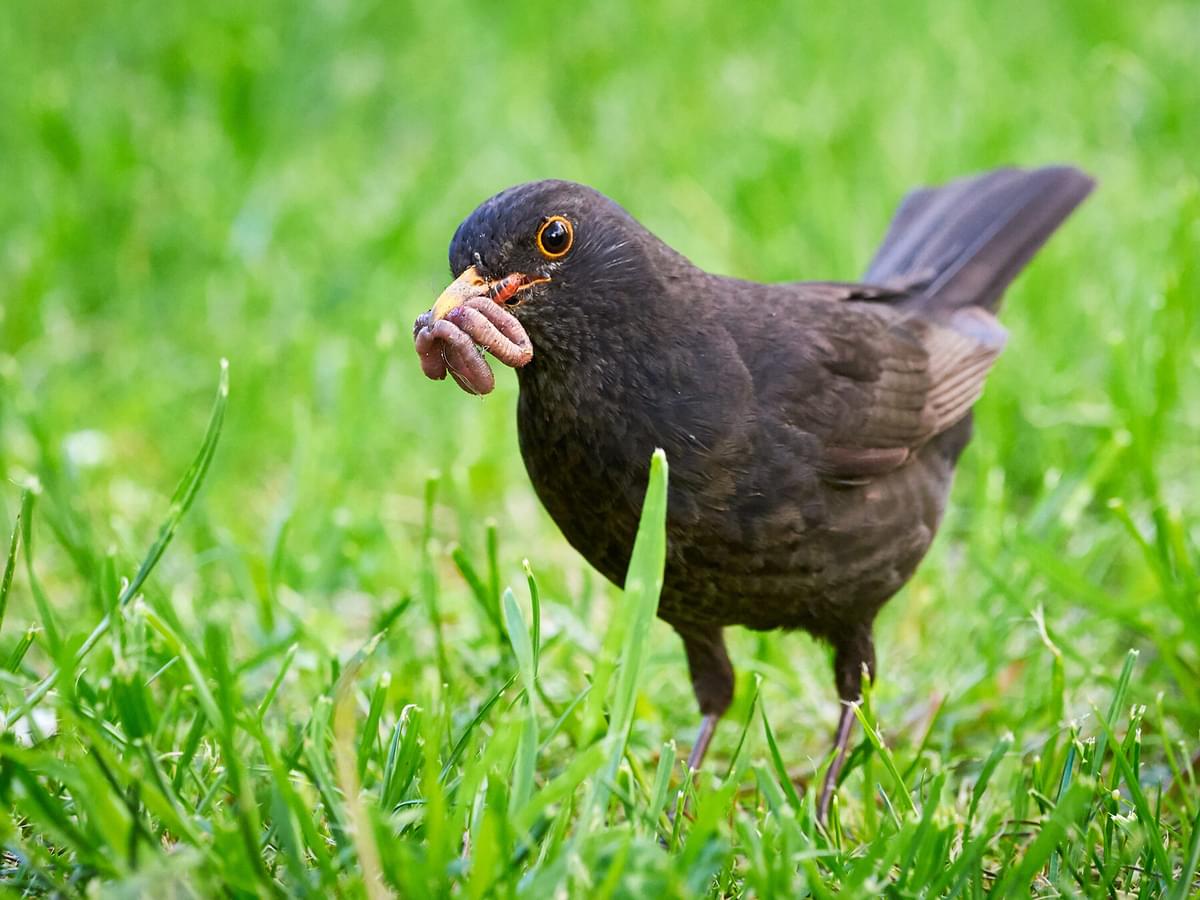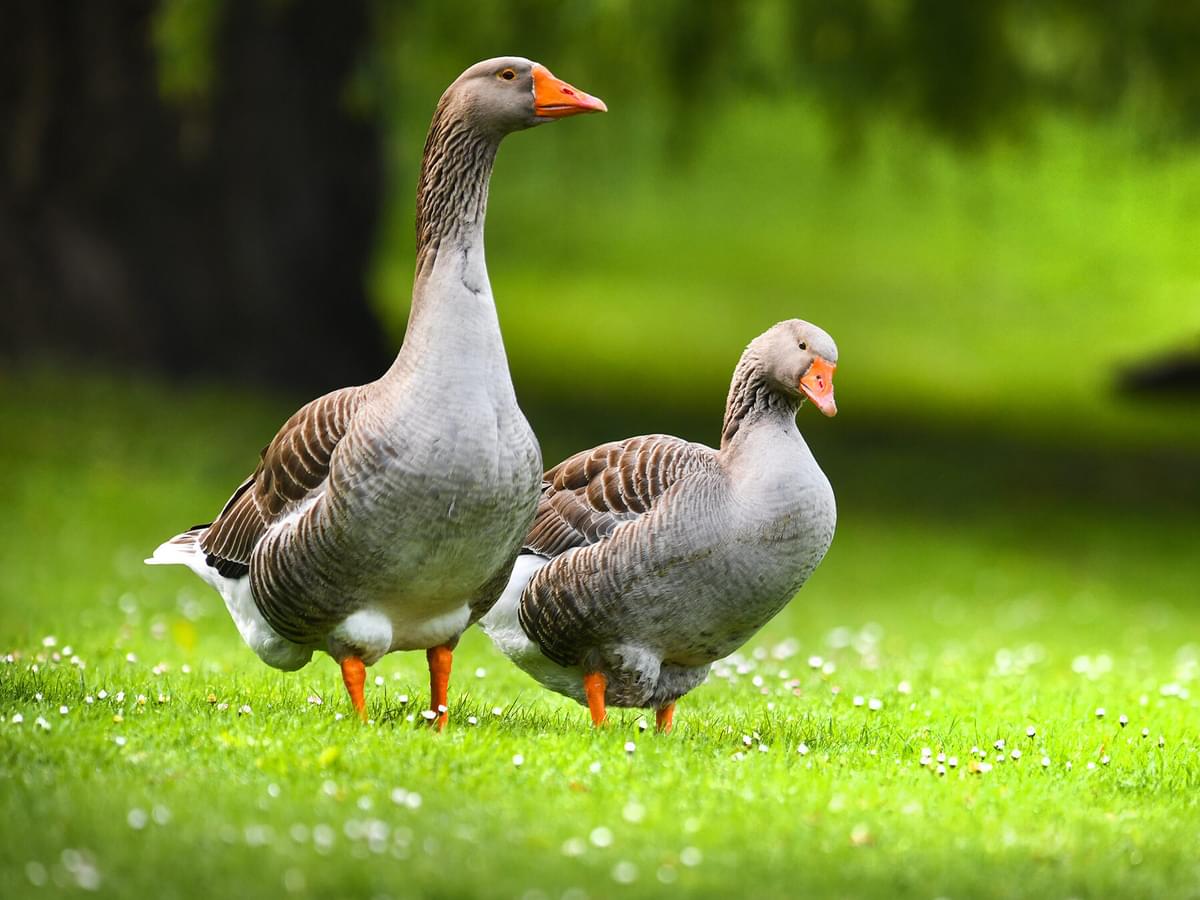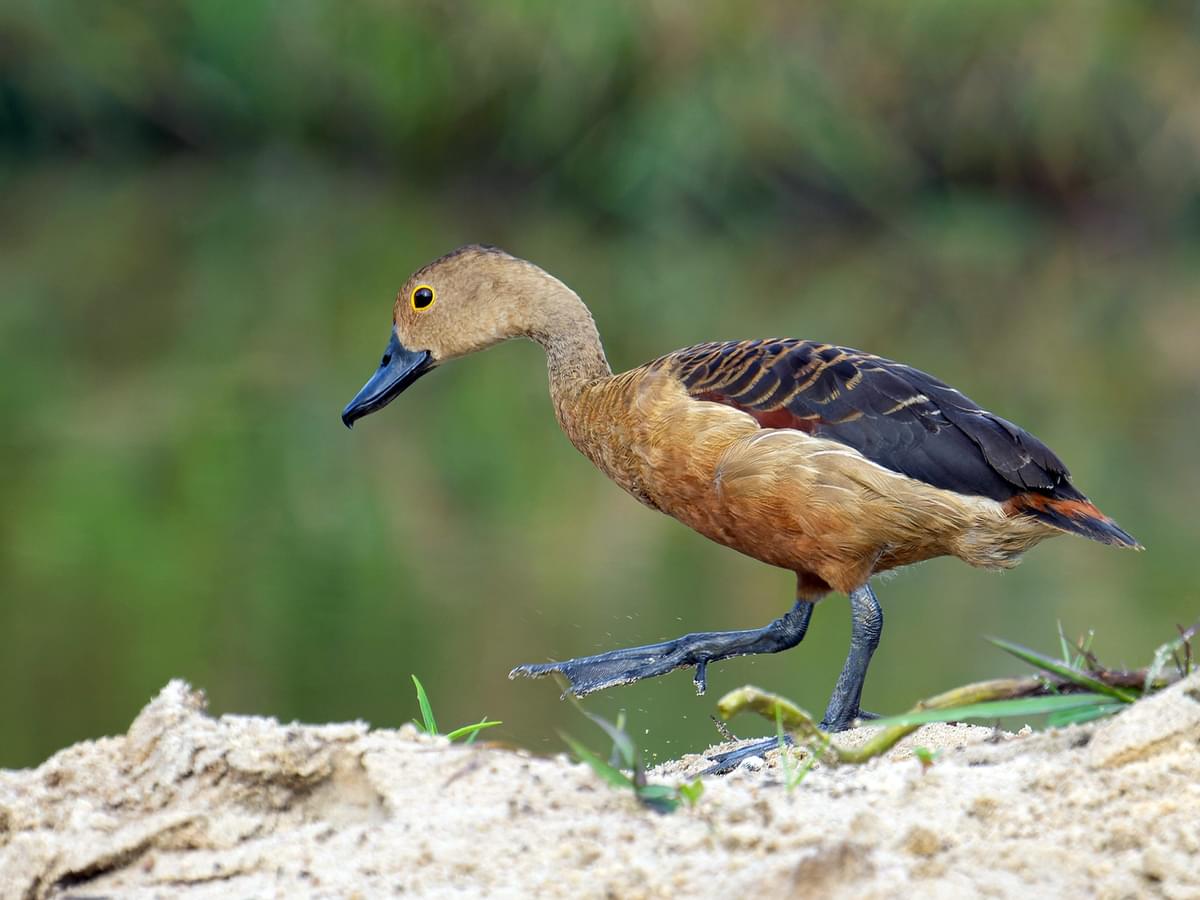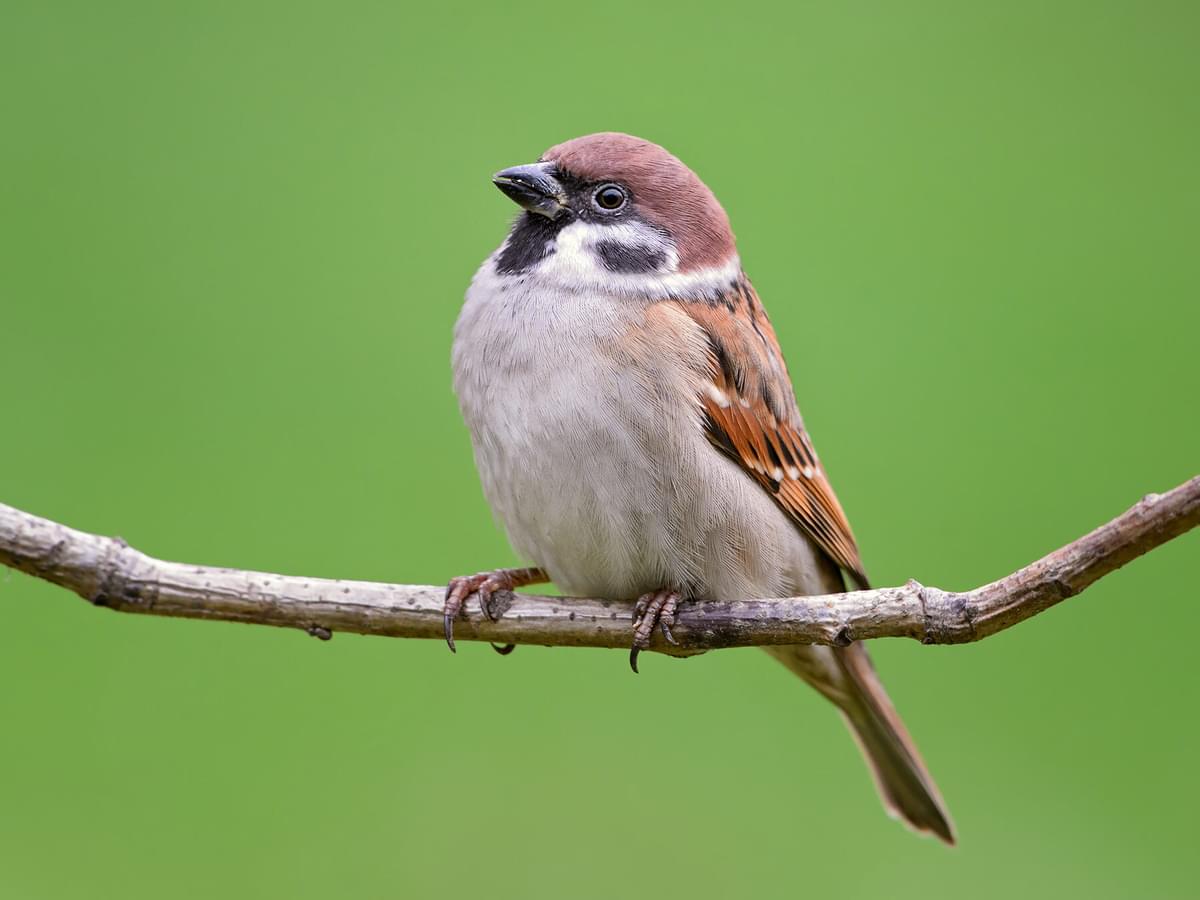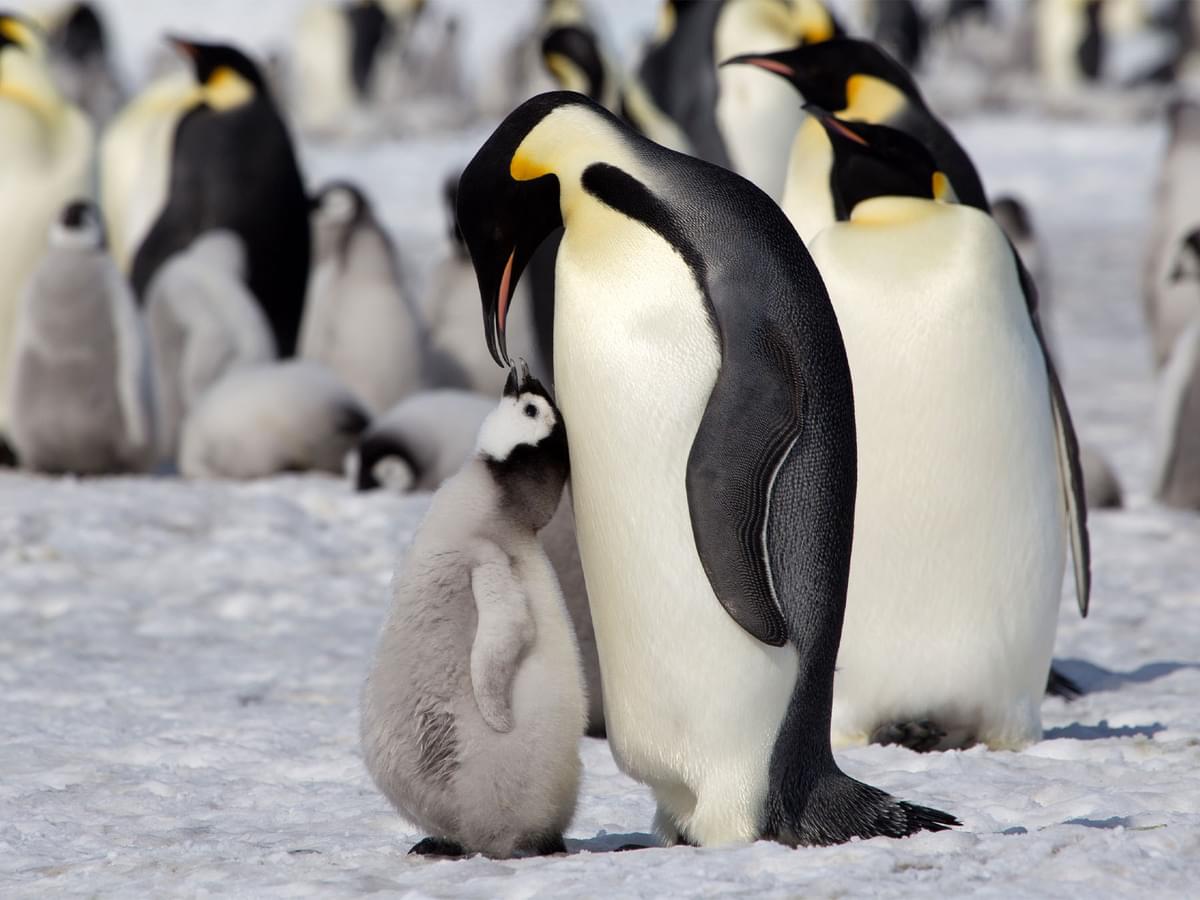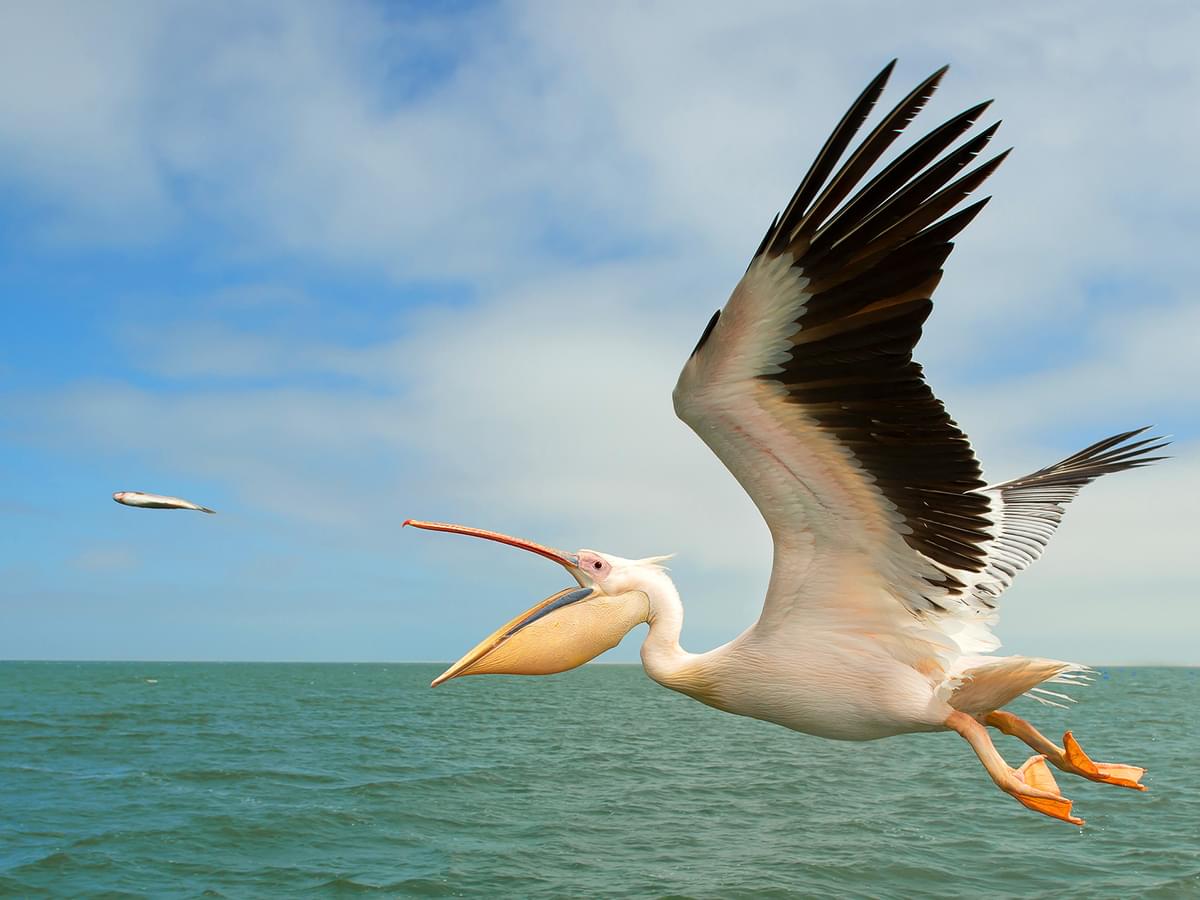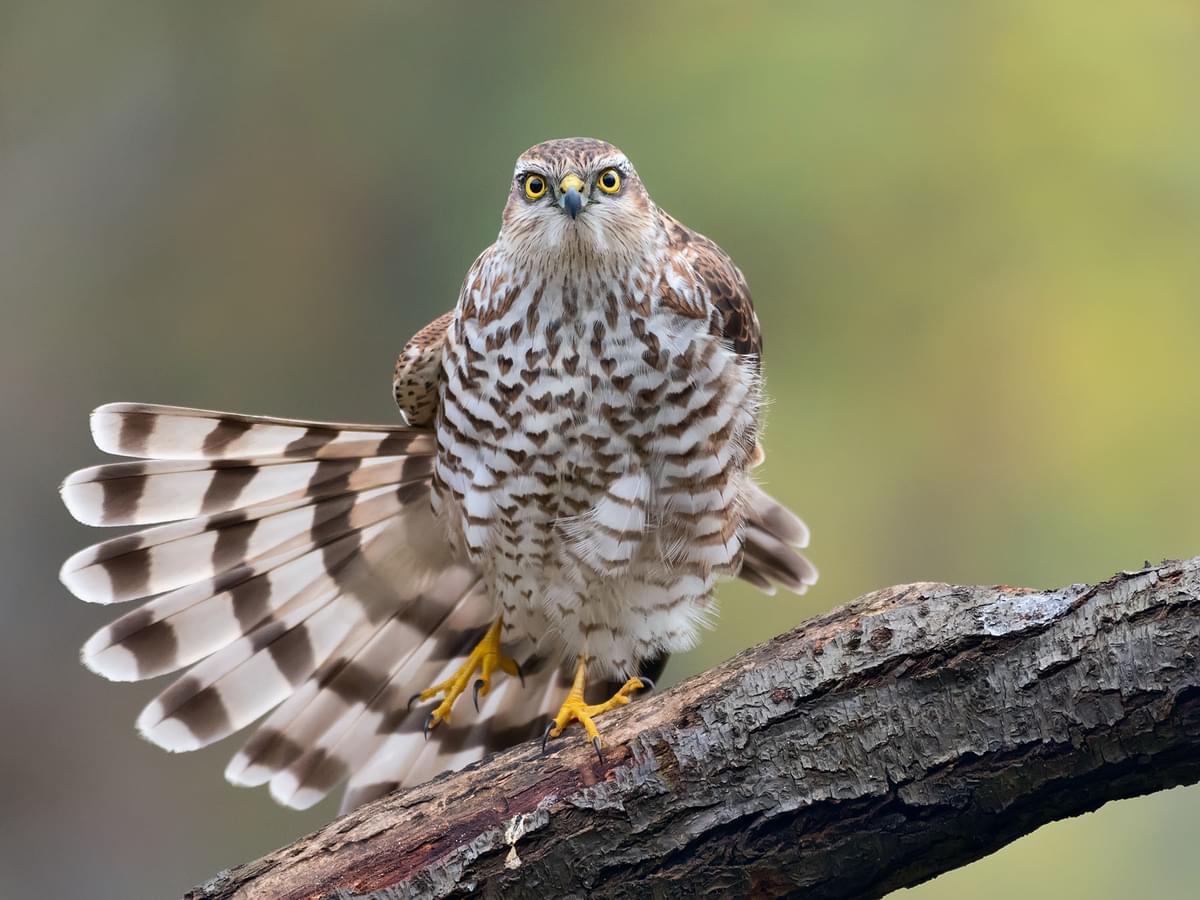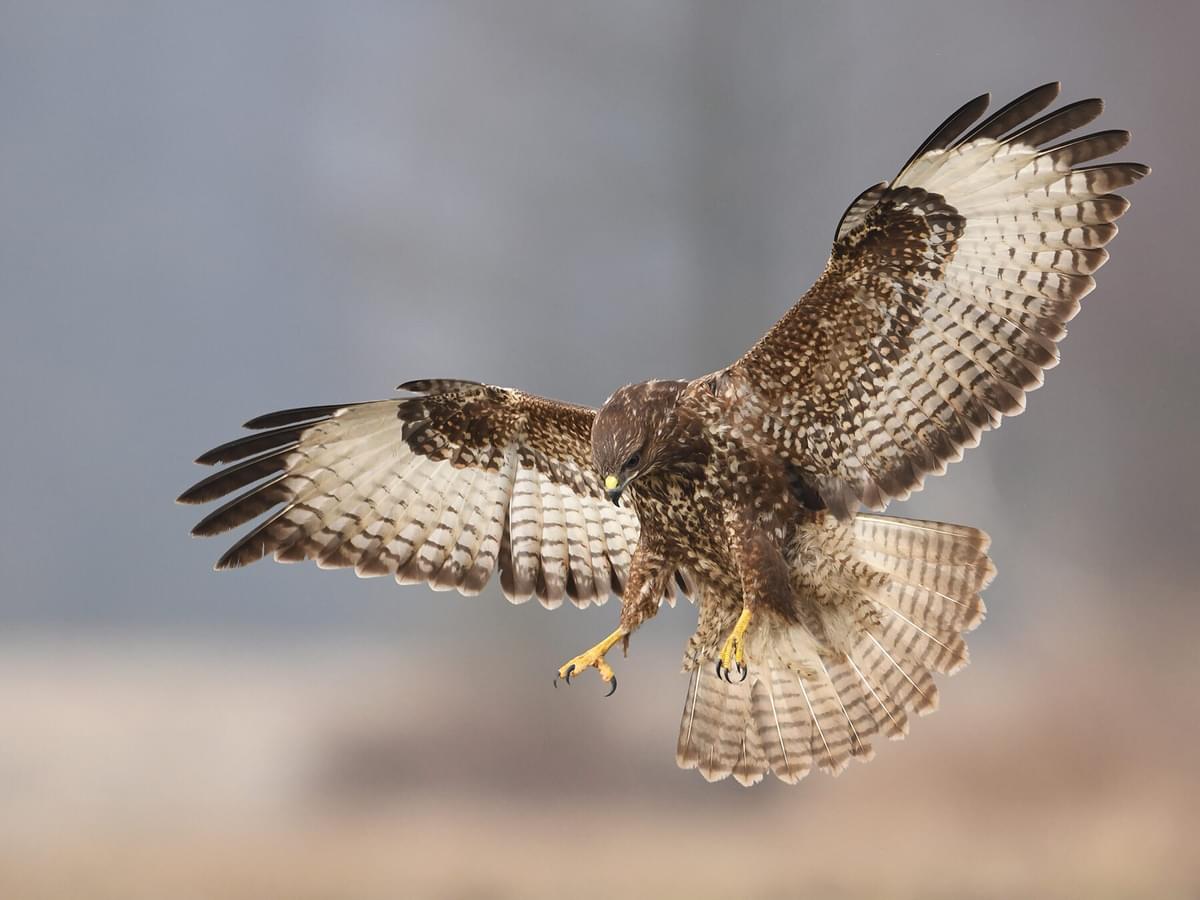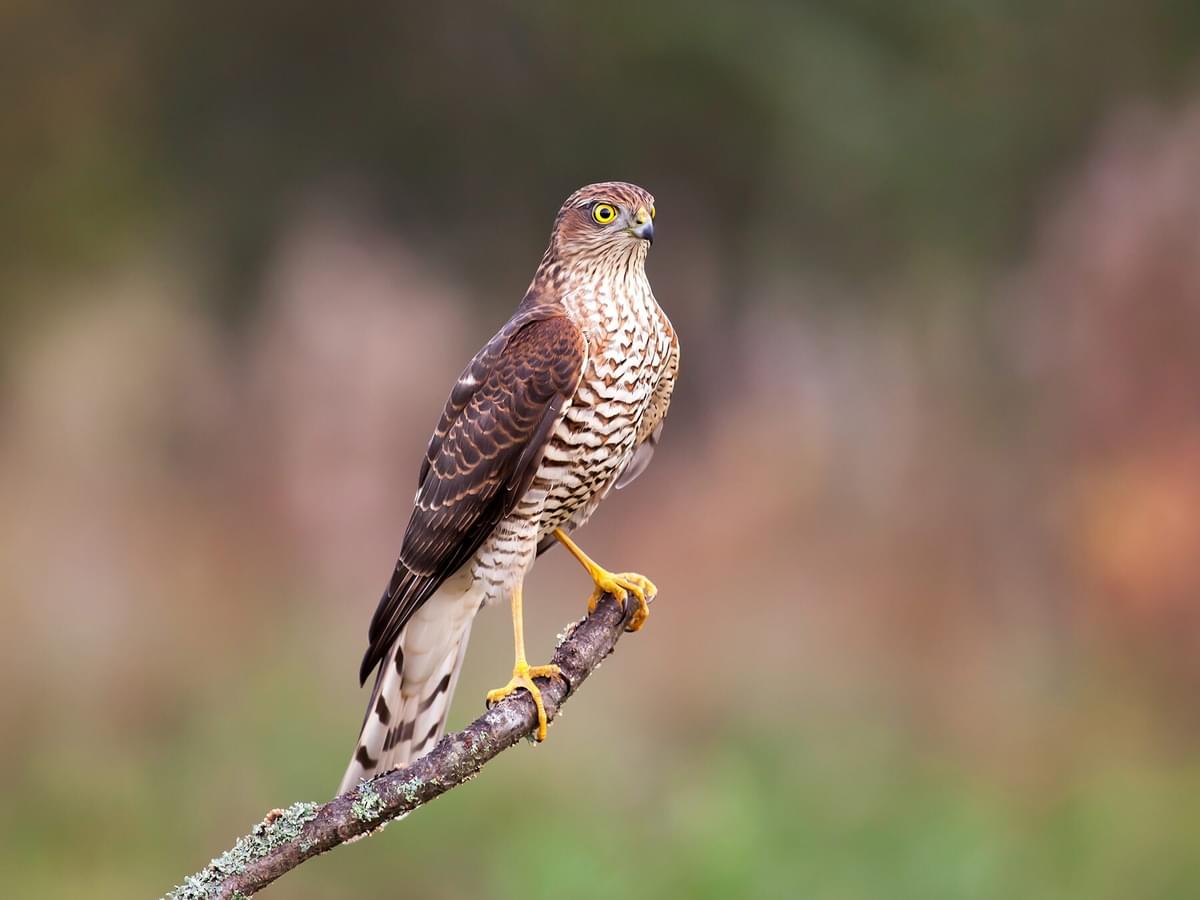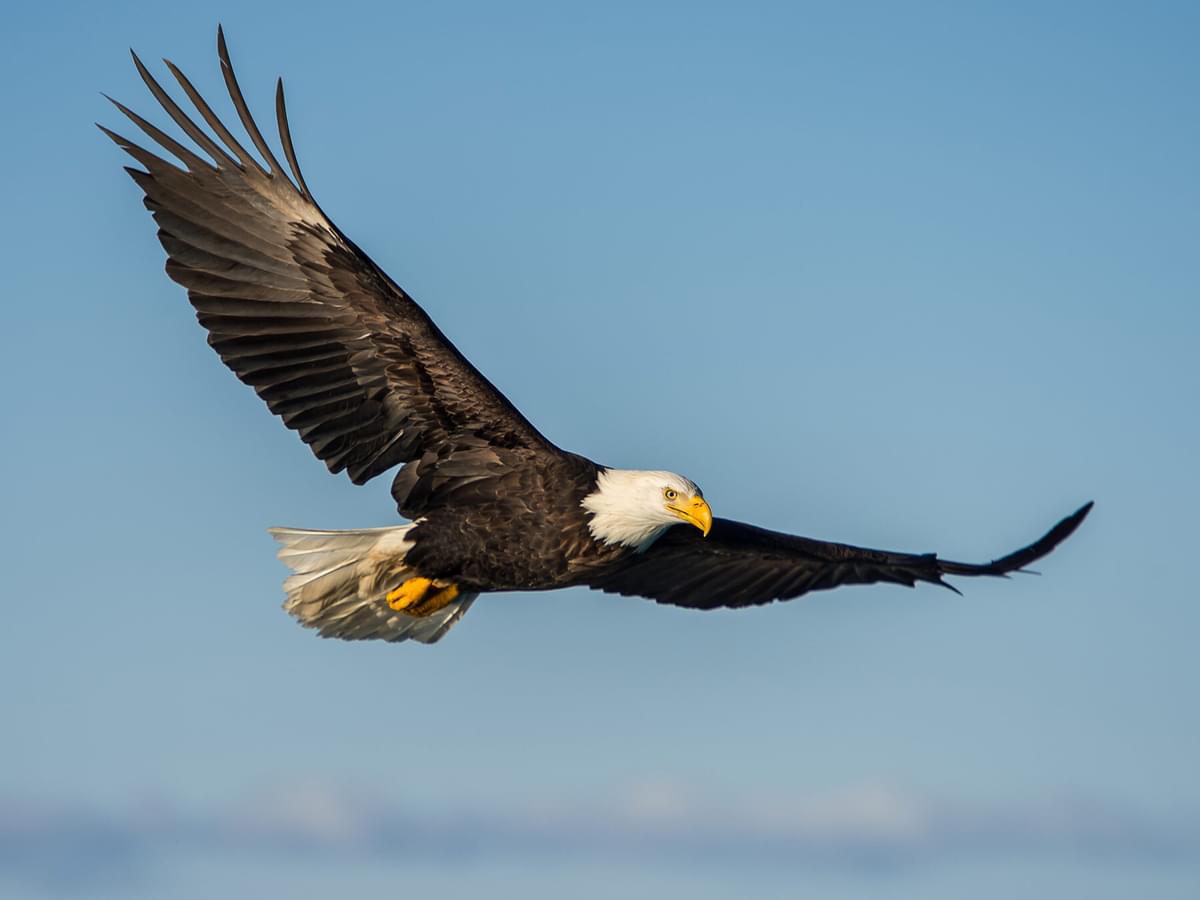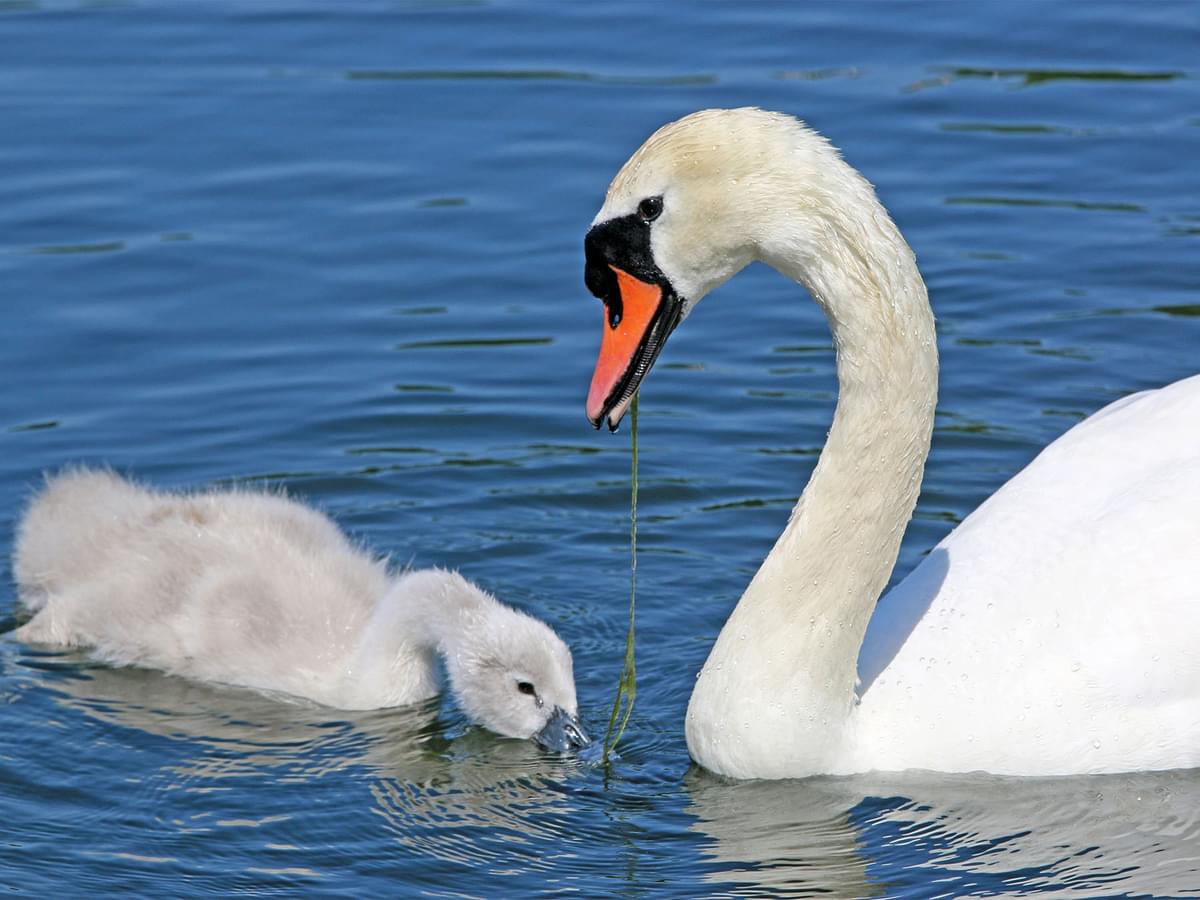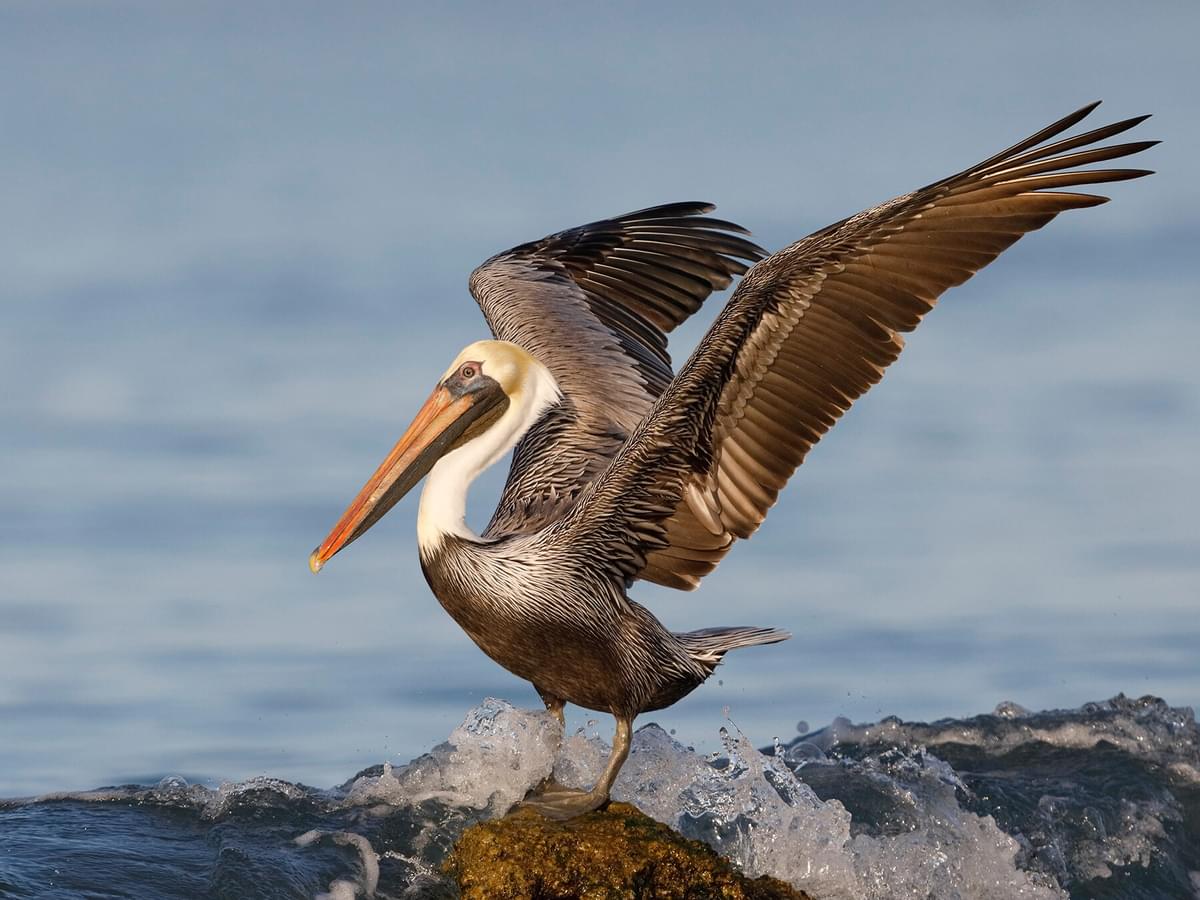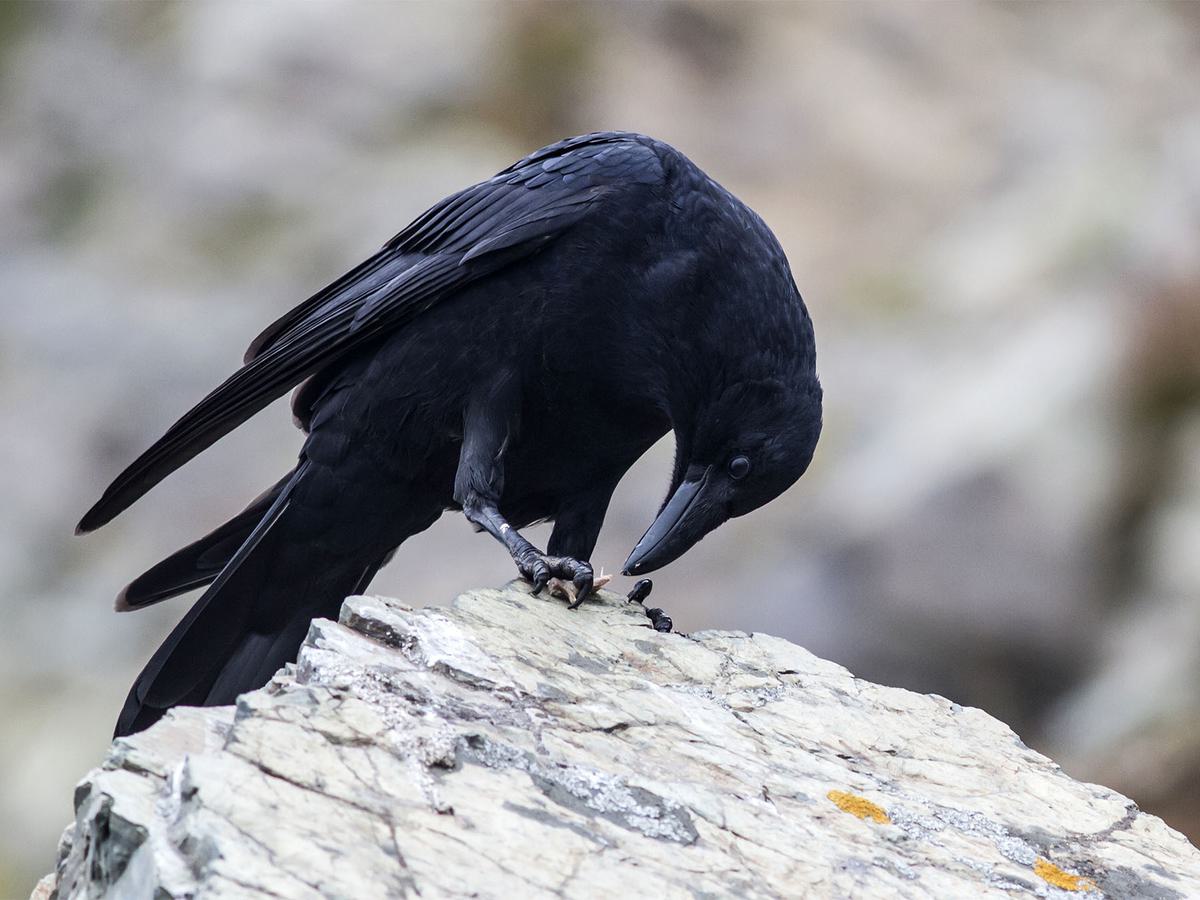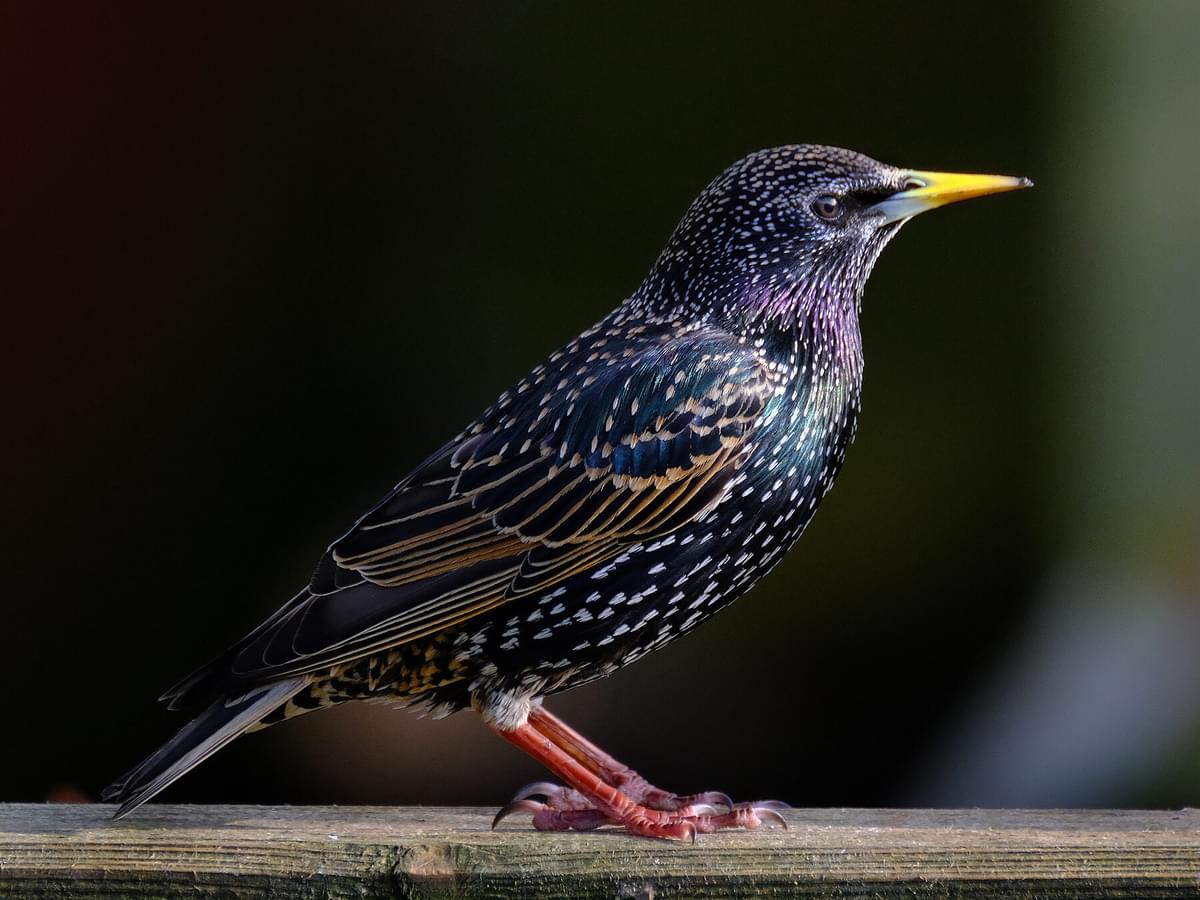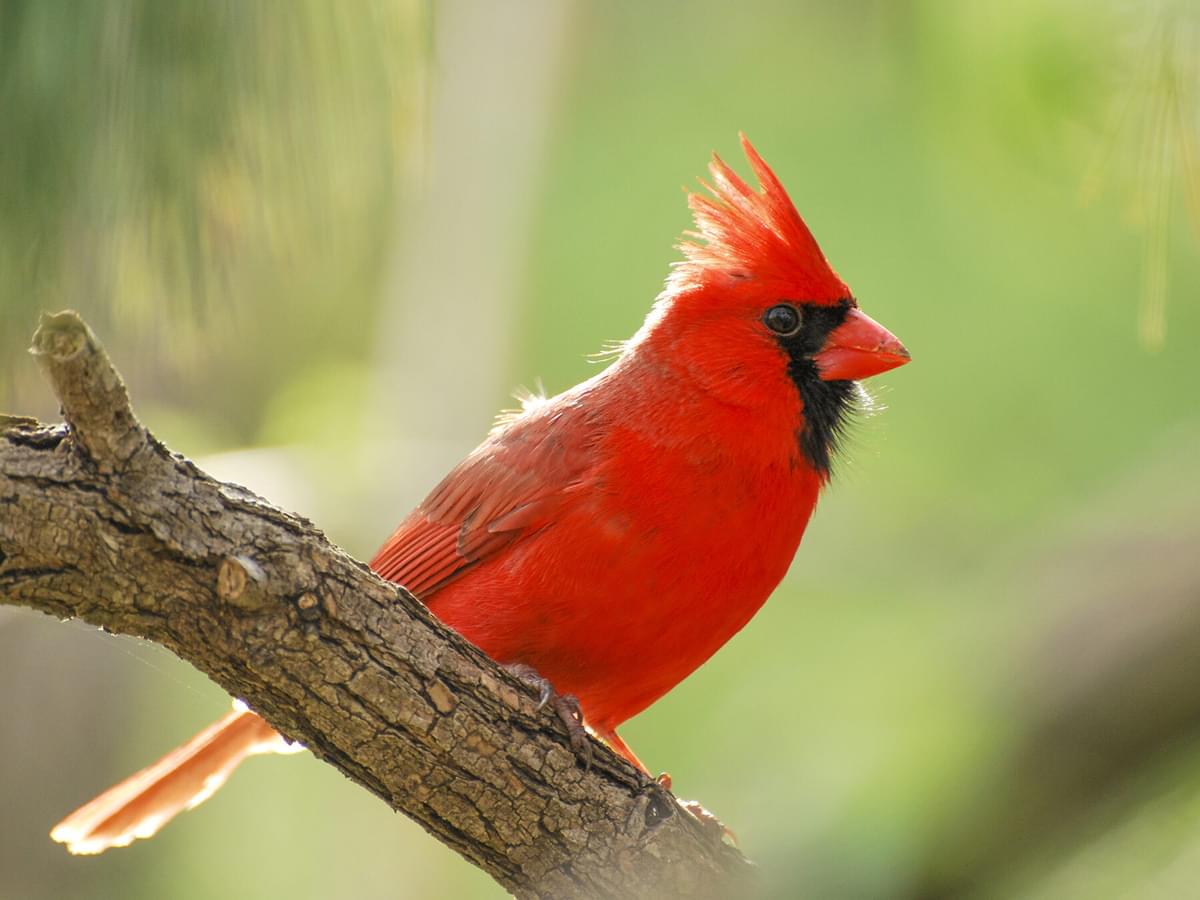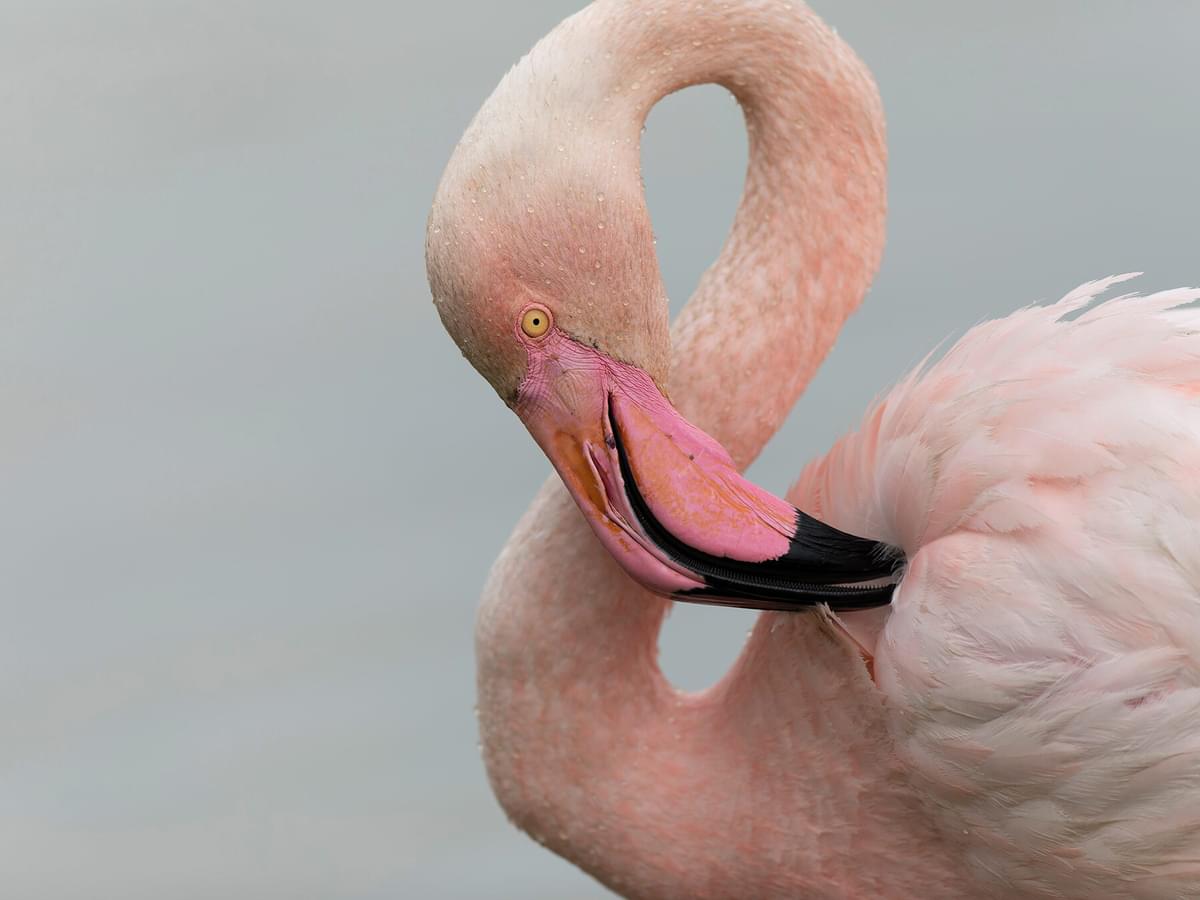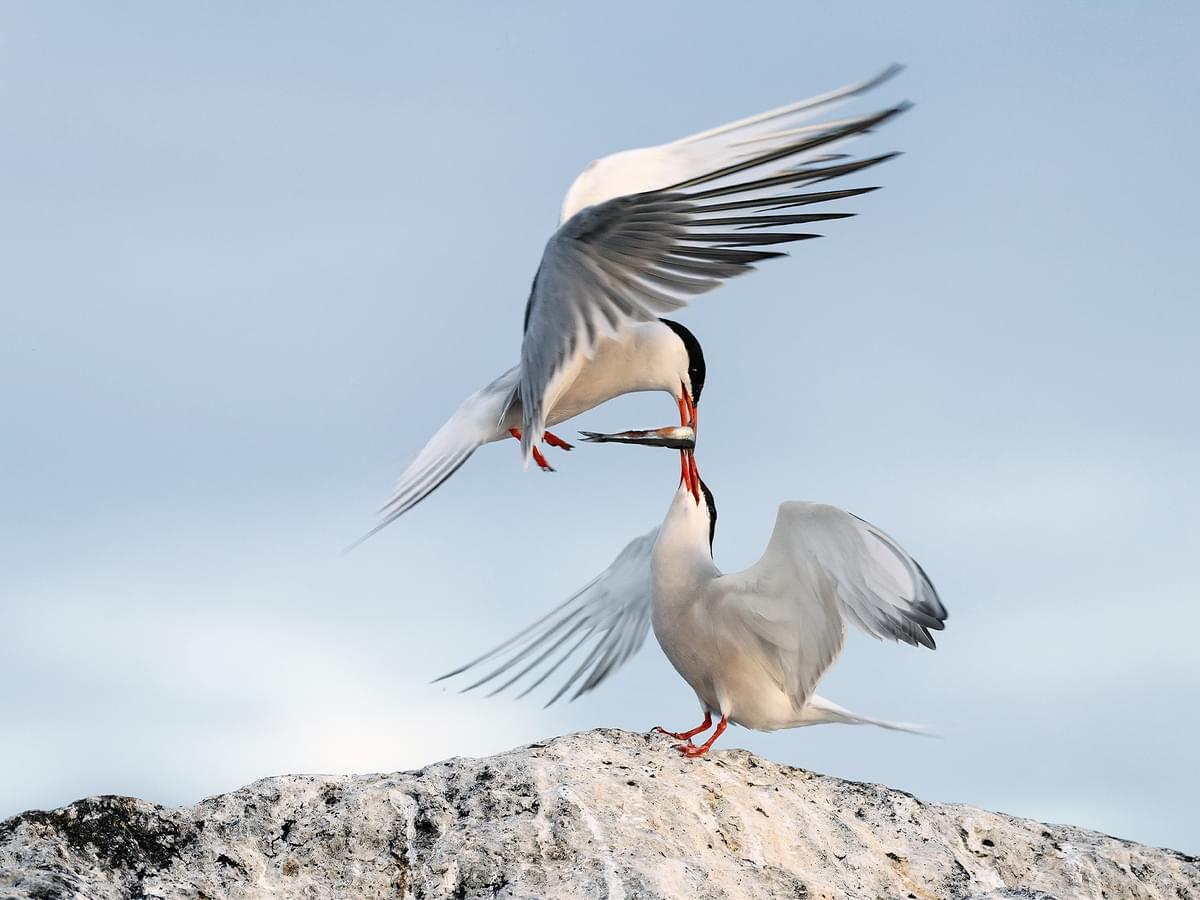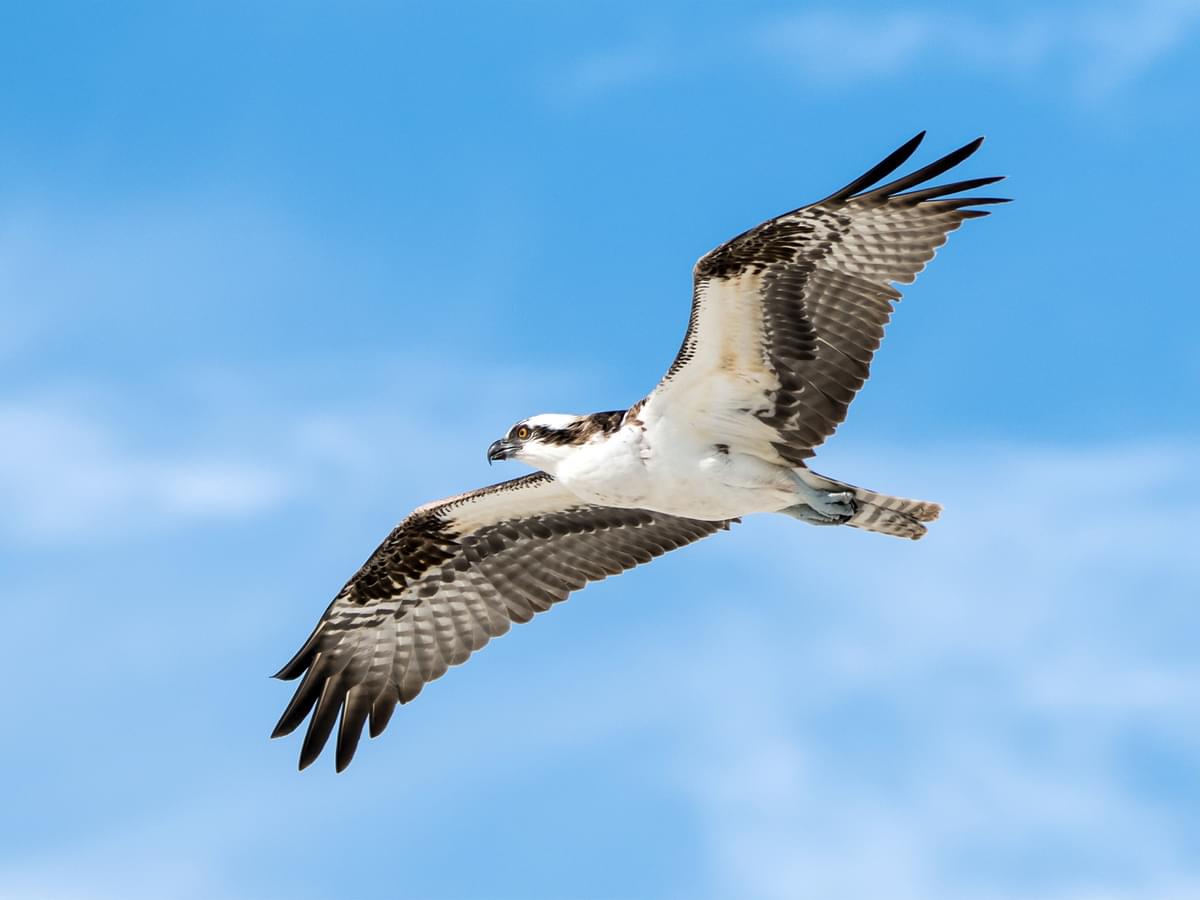Diets Across Species

The Varied Palates of the Avian World
If you’ve ever fed the birds around your home, you’ve probably noticed that different species prefer different foods. Doves, for example, prefer seeds, while Robins tend to ignore bird feeders in favor of bugs and other crawling creatures in the undergrowth. If you look closely, you’ll see a similar pattern of resource partitioning in ecosystems worldwide.
Birds can be specialized or opportunistic feeders, varying from strict vegetarians to fearsome apex predators. Of course, food sources vary between different habitats, resulting in very different physiology and behaviors in the birds that live there.
Species that share the same habitats limit competition by adapting to different food sources or learning to feed on the same foods in different ways or at different times. So, while there may be considerable overlap, the diversity of bird diets is one of the main reasons we have such an incredible diversity of species around us!
In this guide, we’ll be exploring bird diets. Read along with us to learn about some significant avian food sources and the birds that feed on them.

Pictured: An American Robin feeding on worms
Types of Bird Diets
Herbivores, Omnivores, and Carnivores
Birds can be described as either herbivores, omnivores, or carnivores. Continue reading to learn about each diet type and the birds that follow them.
Herbivores
These birds are vegetarians that either feed on a variety of different plant parts or focus on a single one. Frugivorous birds, for example, are specialized fruit and berry feeders, while granivores feed on seeds. Even though many birds are herbivorous as adults, strictly vegetarian birds are rare since most will feed on insects before fledging.
Examples of primarily herbivorous birds
- Doves and Pigeons
- Geese
- Hoatzins
Omnivores
Most land birds will feed on both plant and animal food sources in varying proportions. Their diet may vary seasonally or depend on what they find while foraging.
Examples of omnivorous birds
Carnivores
Many birds feed only on other animals, ranging from tiny insects to medium-sized mammals. These birds typically hunt their own prey, although some regularly steal from other birds and animals, and others specialize on scavenging.
Examples of carnivorous birds

Pictured: A Hoatzin. The Hoatzin is an example of a primarily herbivorous bird
Dietary Adaptations
Beaks and Talons
Different food sources shape bird anatomy, which is easy to see when comparing the bills and feet of various bird families. Like we use different utensils for eating salads and breakfast cereals, bird’s bills evolved to suit different food types and the behaviors required to attain them.
A Kingfisher, for example, has a special bill for capturing its prey, although it simply swallows its meal whole. In contrast, a Finch does not need a special tool to capture a sunflower seed, but it does require a sturdy bill to access the energy-rich heart within.
Many birds rely on their feet primarily for perching and walking, although some use them for feeding, too.
Parrots, for example, use their feet to hold food to their bills while eating, while Owls and birds of prey use their feet to capture smaller animals and then hold them firmly in place while they tear strips with their specially shaped, hooked bills.
Foraging and Hunting Strategies
Different diets don’t only affect the way birds look but also the way they act. As a group, avians display a staggering variety of behaviors and foraging strategies while feeding, sometimes involving surprising intelligence and even tool use. However different, each feeding and foraging behavior has evolved to maximize a bird’s chance of survival.
Regardless of their specific diet, foraging birds must know where to look for their preferred food sources and then how to access them. For predatory birds, securing a meal can require speed and agility, patience and stealth, or a combination of all these qualities.
Most birds are vulnerable to predators themselves, so vigilance and defensive behaviors are also essential when feeding.

A Kingfisher (pictured) has a special bill for capturing its prey, although it simply swallows its meal whole
Diets of Specific Bird Species
Raptors and Birds of Prey
As their name suggests, birds of prey are true carnivores adapted to hunt everything from insects to monkeys. These powerful birds use a combination of stealth and speed to catch their prey and then use their razor-sharp bills and talons to kill and feed.
Raptors and birds of prey can be pretty flexible when it comes to prey choice, although many are specialized to hunt specific prey items such as fish (Osprey), snakes (Snake-eagles), and even bats (Bat Hawk).
Many species will also feed on carrion when available, and Vultures, in particular, are specialized scavengers. Few birds of prey feed on plant material, although some will eat certain fruits.
Examples of raptor diets
- Generalist hunters (medium to large prey): Many Eagles, Buzzards, and Hawks from the Buteo genus, medium to large Owls
- Generalist hunters (small to medium prey): Kites and Kestrels, small to medium-sized Owls, Harriers
- Bird specialists: Most Falcons, Sparrowhawks, Goshawks, and other species from the Accipiter genus, some small Eagles
- Fish specialists: Bald Eagle and other species from the Haliaeetus genus, Ospreys, some Owls

Pictured: A Short-toed Snake Eagle feeding on a snake
Waterfowl and Shorebirds
Wetlands and coastal environments provide rich feeding opportunities for a wide variety of birds from diverse families. These environments tend to be rich in plant and algae growth, which, in turn, supports high invertebrate biomass and the small animals that feed on both of these food sources.
Birds that feed in these habitats may be highly omnivorous and flexible in their diets (Moorhens, ducks, etc.) or highly specialized feeders with unique anatomy and bill shapes (Flamingos, Avocets, etc.)
Examples of waterfowl and shorebird diets
- Herbivores: Swans, Geese, Coots, and many Ducks
- Insects and other small animals: Grebes, Egrets, many Ducks, Crakes, Rails, Plovers, Etc.
- Burrowing invertebrates: Godwits, Sandpipers, and other shorebirds/waders
- Fish and other larger aquatic animals: Cormorants, Loons, Pelicans, Herons, etc.

Pictured: A Cattle Egret feeding on a grasshopper
Songbirds and Passerines
Nearly two-thirds of the world’s birds are passerines or songbirds, the group of small to medium-sized avians most familiar to backyard bird watchers. Their diet varies tremendously between species, including everything from aggressive carnivores to specialized seed-eaters.
Songbirds find their food on the ground, in vegetation, along the shore of waterbodies, or even in the air. Their major food sources are insects and other invertebrates, seeds, fruits, berries, nuts, and other plant material.
Many songbirds show seasonal flexibility in their diets. Some focus on invertebrates in the warmer months and switch to fruits and berries in the winter, while others alternate between seeds and insects. Still, others are highly adaptable and will feed on whatever is available.
Examples of songbird diets
- Adaptable omnivores: Crows, Ravens, Starlings, Chickadees, Cardinals, Orioles
- Fruit eaters (frugivores): Waxwings, Toucans, Bulbuls
- Seedeaters (granivores): Finches, Siskins, Buntings
- Insect eaters (insectivores): Robins, Flycatchers, Warblers, Wrens

Pictured: A Yellowhammer. The Yellowhammer is a passerine bird in the bunting family that feeds on seeds
Specialized Feeders
Some birds exploit unique food sources, unlike any of the typical diets described above. Let’s take a closer look at some interesting examples.
Sapsuckers
These attractive North American Woodpeckers feed on plant sap that they access by drilling small holes into the bark of trees. This unique feeding behavior also attracts insects, which the sapsuckers are only too happy to snack on.
Hummingbirds
Hummingbirds are a diverse group of small nectar-feeding birds from North and South America. These remarkable creatures have evolved to hover and even fly backwards to feed on the nectar of various flowers.
However, hummers are not the only birds that feed on nectar. The similar but unrelated Honeyeaters of Australia and Sunbirds of Africa and Asia have similar diets.
Flamingos
Flamingos are instantly recognizable by their long legs, strange bills, and pink plumage. These unique omnivorous waterbirds feed on algae and tiny crustaceans that they filter by passing through water through their upside-down beaks.
Oxpeckers
Oxpeckers are unique African birds that feed on ticks and other harmful parasites. These helpful birds perch on large antelope, cattle, and zebras and remove the ticks directly from their skin.

Pictured: Red-billed Oxpecker. Oxpeckers are unique African birds that feed on ticks and other harmful parasites
Impact of Diet on Bird Behavior and Ecology
Dietary Influence on Migration and Behavior
A bird’s diet has far-reaching effects on its biology and its ecosystem. Continue reading to learn about some important diet-influenced behaviors and their impact on ecosystems:
Territoriality
Whether spread evenly across the landscape or restricted to localized areas, bird food sources are limited and partly determine the population size that an area can support. Many birds must secure and aggressively defend feeding territories to avoid competition.
This natural population control maintains a dynamic balance, ultimately benefitting the other plants and animals that share their habitat.
Breeding
Most birds breed in the warmer months when food is easy to find. However, the type of food available is generally more important than the quantity. Many developing young birds rely on a diet of protein-rich insects, even though their parents may be mostly vegetarian.
Birds help to control insect populations, which can help to reduce agricultural pests and harmful bugs like mosquitos. However, most birds are somewhere in the middle of the food chain, and their eggs and nestlings also provide an important food source for larger predators.
Migration
Food availability varies seasonally, and that’s why we see an increase in bird species diversity and numbers during the warmer months. The search for food can drive some immense bird migrations, sometimes covering thousands of miles!
Summary
Over the past 150 million years or so, birds have evolved to exploit practically every natural food source available.
The ten thousand or so species that survive today exhibit some remarkable behaviors and adaptations to feed on everything from green grass to grasshoppers and even other birds.
Feeding birds literally shape the world around us by pollinating flowers, spreading seeds, and regulating the numbers of other animal species. Now, that’s food for thought!
